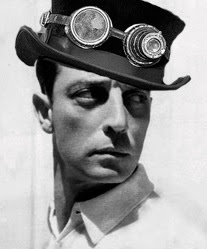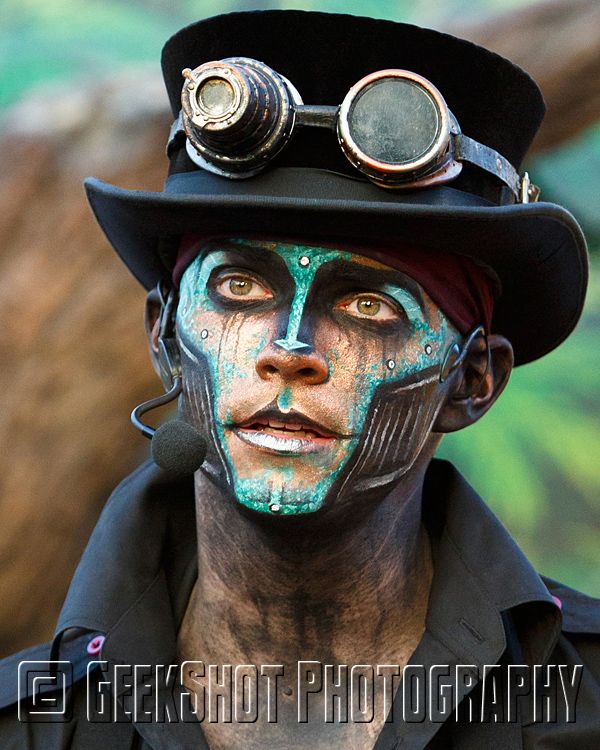In The Hollywood Reporter, this is not so shocking. The film business is heavily male-dominated, so why would I expect a news publication on film to hire more women? But Glamour - really, ladies. This is a magazine by women and for women. I'm not going to seriously discuss the merits of any of its articles (some pieces are good and sometimes you just need some fluff), but with the few illustrations they have, they consistently hire men. Why is that?
The thing is, I see so many female indie comic artists. There are so many illustrators and creative ladies out there, but the guys are the ones getting all the attention, profits, and name recognition. In my limited knowledge, I can only think of two successful newspaper comic strips drawn by women: Cathy and For Better or For Worse. Now think of the most popular comics and you'll find they were all drawn by men: Calvin and Hobbes, The Far Side, Peanuts, Doonesbury, Dilbert, Garfield ... the list goes on and on and on.
And it's great for those guys. Calvin and Hobbes and The Far Side are my two favorite comics of all time. Bill Watterson is one of my artistic and storytelling role models. But where are the women? Not just on the comics page or in magazine article accompaniment drawings, but wherever illustrators, artists, and creative types of any sort are featured?
Wayyyyy back in the day, women were expected to know how to draw and draw well. They were also expected to be crafty and know not only how to sew for practical purposes, but also how to needlepoint and other "artsy" things. However, despite all these women taking their art lessons and taking them seriously, only the men were "real" artists. We hear about the same women over and over, like Mary Cassatt and Georgia O'Keefe and Frida Kahlo, because (1) not many gained popularity, and (2) not many people feel like doing the research on lesser-known female artists, let alone attempting to educate anyone about them.
It's sad how in schools, girls are still expected to be "artsy" and boys are expected to avoid such things. Girls like art class, boys like gym. Girls like theater, boys think it's "gay". Girls like home ec, boys like wood shop. Yet the most well-known artists, actors, and cooks are men. Not women.
And the same thing goes for writing.
As I wander down these career paths and out of corporate culture, I just sit here and wonder, "What gives?" And I welcome the insight of any artists. I really am curious about the state of women in these industries.

